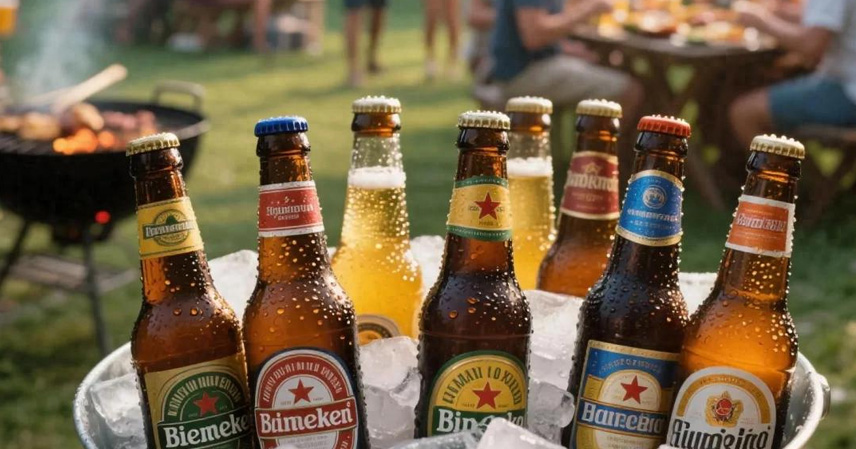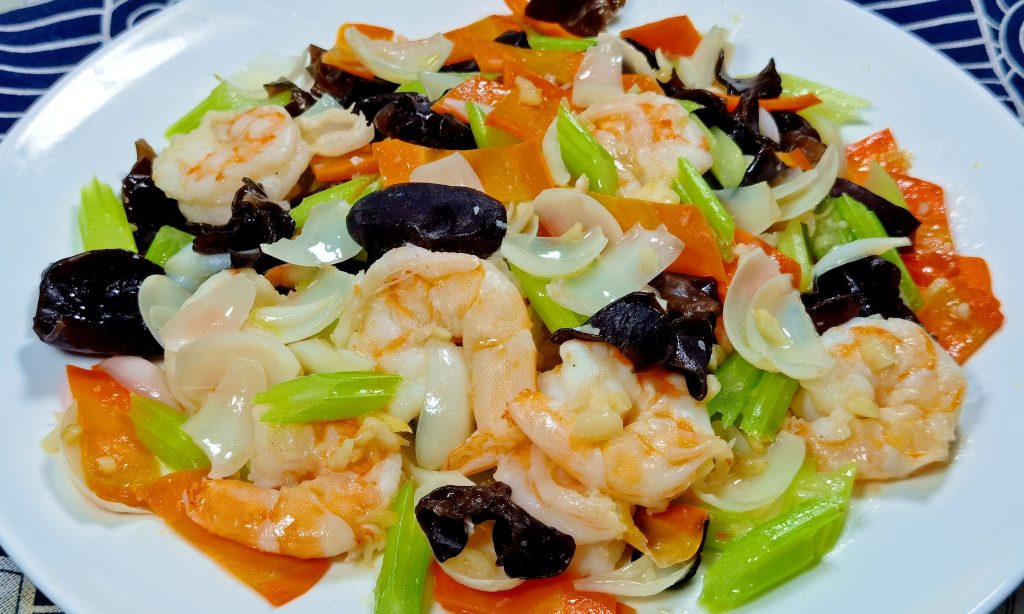China’s rich alcohol culture has thrived for millennia, with the bold intensity of baijiu captivating enthusiasts and the crisp refreshment of beer winning over casual drinkers alike. Yet, the adage “drinking harms the liver” remains a universal caution. Many ponder: Between baijiu and beer, which poses the greater threat to liver health? The truth lies not in a simple winner, but in distinct mechanisms of harm—where poor choices in quantity or mixing can double the assault on this vital organ.
Baijiu’s Fiery Assault: High-Proof Ethanol Scorching Liver Cells
Baijiu, China’s iconic spirit, typically clocks in at 40% ABV or higher, with some varieties reaching 60%. Once ingested, about 90% of ethanol funnels through the liver for metabolism: It’s first converted to acetaldehyde by alcohol dehydrogenase, then broken down to acetate for excretion. Acetaldehyde, a confirmed Group 1 carcinogen, ravages liver cells, causing degeneration and necrosis.

Chronic or excessive baijiu intake acts like a relentless “branding iron” on hepatic tissue. Clinical data indicate that daily consumption exceeding 100ml of 50% ABV baijiu for over a decade elevates liver cirrhosis risk by up to fivefold. Brewing impurities like methanol and fusel oils compound the detox burden, amplifying oxidative stress.
Beer’s Stealthy Sabotage: Low-ABV Overindulgence and Fat Buildup
At 3-5% ABV, beer seems milder, lulling drinkers into overconsumption. A 500ml bottle delivers 15-25g of ethanol—modest alone, but five bottles match the punch of 100ml of 40% baijiu. This “hidden excess” sneaks up, quietly taxing the liver.
Compounding the issue: Beer‘s caloric density (about 40 kcal per 100ml) fosters surplus energy storage as fat in the liver, birthing alcoholic fatty liver disease (AFLD). Studies reveal that downing two or more bottles daily triples fatty liver incidence compared to abstainers, potentially progressing to fibrosis, cirrhosis, or even hepatocellular carcinoma.
The Real Culprits: Total Intake, Frequency, and Mixing—Not Just Type
Experts stress that liver damage hinges on ethanol volume and habits, not beverage alone. Per WHO guidelines, men should cap intake at 25g pure alcohol daily (about 50ml of 50% baijiu or 500ml beer), women at 15g—no safe threshold exists for all. Surpassing this chronically inflicts irreversible harm, regardless of source.
Mixing amplifies peril: Beer‘s carbonation hastens baijiu absorption, slamming the liver with a metabolic surge akin to “double jeopardy.” Cases of acute liver injury from cocktails outnumber single-spirit incidents by 30% in clinical reports.

Liver-Safe Strategies: Moderation Over Myth
The liver whispers its woes—fatigue, jaundice, or pain signal advanced stages like cirrhosis. No alcohol is “healthier”; slashing ethanol is the gold standard for protection.
If socializing demands a sip, opt for low-ABV options, limit to 50ml baijiu or 500ml beer per session, and abstain three days weekly. Pair with B-vitamin-rich foods like lean meats or whole grains to ease metabolic load—and never on an empty stomach.
Baijiu‘s fire and beer‘s fizz are mere facades. True liver threats stem from unchecked volumes and flawed routines. Ditch the debate: For your liver, the best pour is none at all.
References
- PMC: Effects of Beer, Wine, and Baijiu on NAFLD
- WHO: Alcohol Health Topics
- PubMed: Baijiu and Liver Impacts
- ScienceDirect: Wine, Beer, and Baijiu Cardiovascular Health



